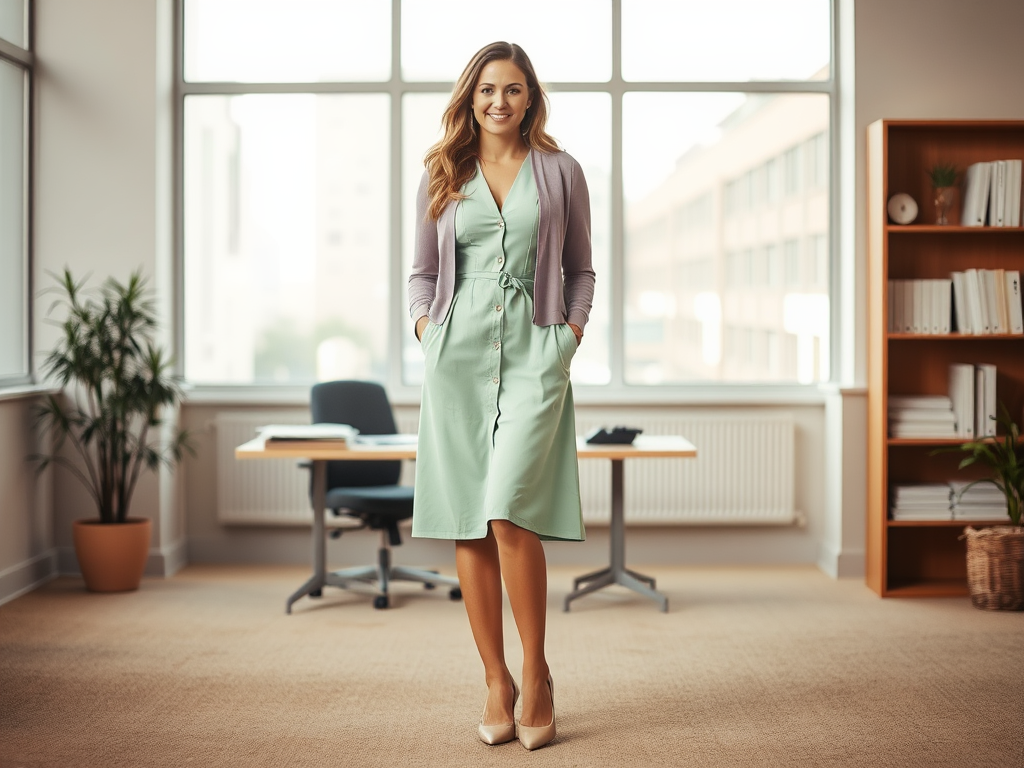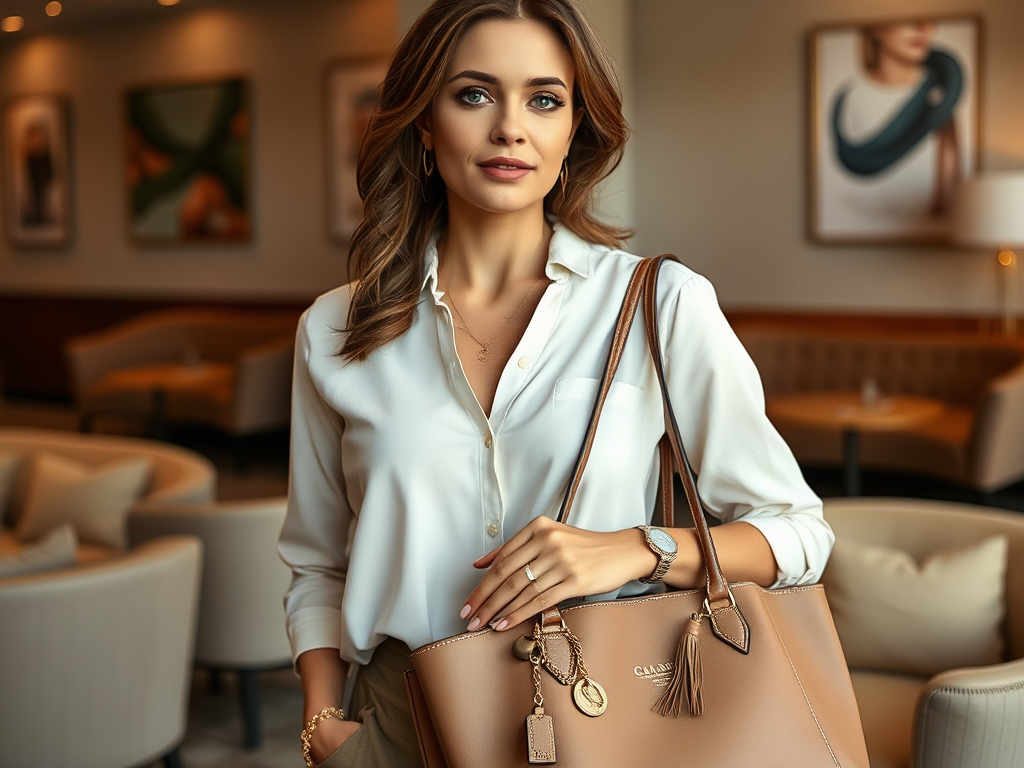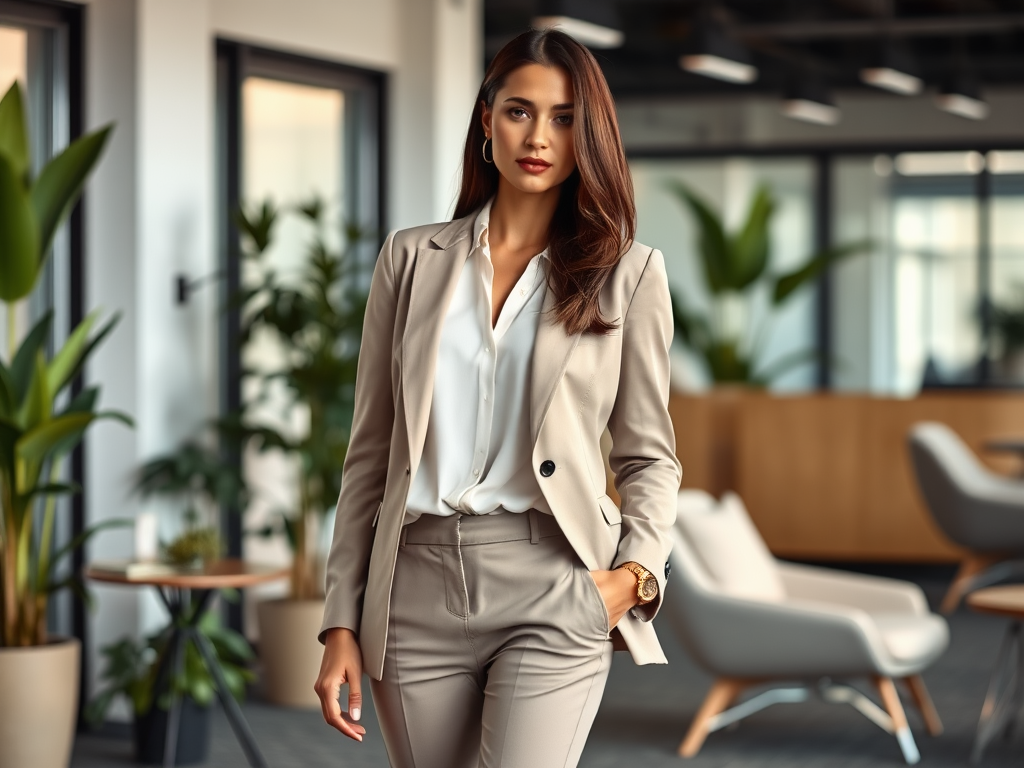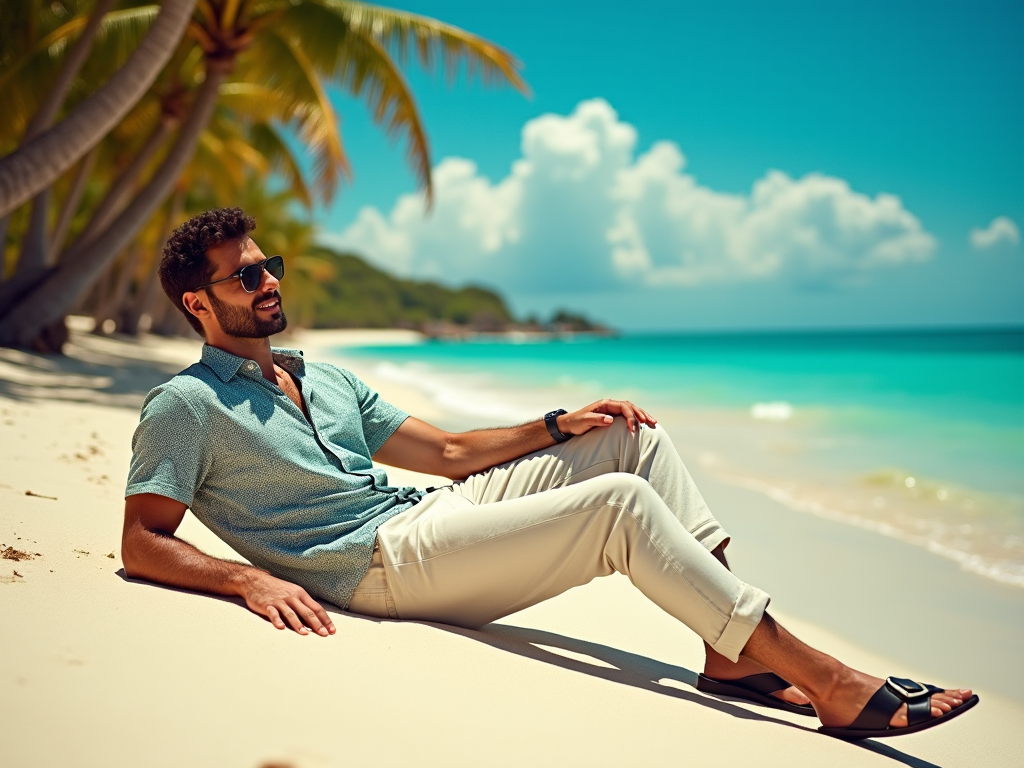Finding the perfect balance between professional and comfortable attire can be a daunting task for many women navigating today’s corporate world. Business casual allows for a personal touch while ensuring a polished appearance, but the guidelines can seem overwhelming. This article aims to demystify the concept of business casual for women. Whether you’re heading to an important meeting or an everyday office scenario, understanding how to blend style with professionalism is crucial. From clothing types to footwear and even accessories, each element contributes to your overall look. So, let’s dive into the essential components that define business casual and how you can wear them confidently.
Understanding Business Casual

Business casual represents a sweet spot between formal business wear and casual attire. It offers women the flexibility to express their personal style while maintaining a professional appearance suitable for the workplace. The key to achieving this balance lies in choosing pieces that are polished yet comfortable. While business casual dress codes may vary across industries, embracing the idea of refinement without sacrificing comfort is crucial. As you begin to explore your wardrobe, think about the types of clothing that allow you to feel confident and capable. Ultimately, business casual should empower you in your professional life, rather than restrict you.
Key Components of Business Casual Attire

To successfully navigate the nuances of business casual, it’s essential to understand its fundamental components. This section will break down the different clothing types, footwear choices, and more, so you can select pieces that meet the expectations of your workplace.
Clothing Types
Business casual typically includes a variety of clothing items that strike a balance between professionalism and comfort. When selecting tops, opt for blouses, stylish sweaters, and dressy tops made from quality materials like silk or cotton. It’s wise to choose items that offer a polished look without feeling constrictive. For bottoms, tailored trousers, slacks, and knee-length skirts are always appropriate. Keeping denim out of the equation helps maintain that professional vibe. Dresses, particularly shift or wrap styles that fall to the knee or below, can seamlessly fit into business casual attire.
Footwear Choices
When it comes to footwear, select styles that complement your outfit while ensuring comfort for all-day wear. Here are some ideal options:
- Closed-toe flats
- Loafers
- Low-heeled pumps
Each of these choices satisfies both comfort and professionalism. On the flip side, there are some footwear styles you should avoid:
- Sneakers
- Flip-flops
- Overly casual sandals
| Clothing Item | Acceptable Type | Notes |
|---|---|---|
| Tops | Blouses, Sweaters | Avoid overly casual materials |
| Bottoms | Trousers, Skirts | Dark jeans may be acceptable in some settings |
| Dresses | Shift, Wrap Dresses | Must be knee-length or longer |
Accessories to Enhance Your Business Casual Look
Accessories play a significant role in elevating your business casual outfits. Thoughtful additions can create a cohesive look without overwhelming your overall appearance. The key is to select items that enhance your outfit while remaining understated. For jewelry, choose simple pieces that embody elegance:
- Stud earrings
- A classic watch
- Delicate necklaces
These choices are perfect for business settings because they add sophistication without drawing too much attention. However, it’s important to avoid oversized or overly flashy pieces that could distract from your attire. Additionally, the right bag can make a significant impact:
Picking the right bag can often tie your look together. Here are some ideal bag choices:
- Structured tote bags
- Professional handbags
Avoid slouchy bags or casual backpacks, as they may undermine your polished appearance. The goal is to create a look that is both functional and professional.
Examples of Business Casual Outfits
To further clarify what constitutes a suitable business casual outfit, consider the following outfit inspirations:
- Outfit One: A tailored navy blazer paired with a white blouse, complemented by black tailored trousers, loafers, and a structured tote.
- Outfit Two: A knee-length dress in a muted hue, combined with a cardigan and low-heeled pumps.
These examples highlight how you can mix and match various elements of business casual, ensuring you remain stylish yet professional.
Conclusion
Business casual for women is about finding the right blend of comfort, personal style, and professionalism. By understanding the components—like clothing types, footwear, and accessories—you can curate outfits that reflect who you are while adhering to workplace expectations. Investing in quality pieces that fit well can make a significant difference in how you present yourself. As you explore outfit options, embrace the versatility of business casual attire, allowing yourself to adapt while still feeling confident in your choices.
Frequently Asked Questions
- What fabrics are best for business casual? Opt for breathable, high-quality fabrics like cotton, wool blends, and silk that maintain a professional appearance.
- Are jeans acceptable in business casual? In some workplaces, dark-wash jeans may be permitted as long as they are paired with a more formal top and shoes.
- Can I wear open-toed shoes in a business casual setting? Open-toed shoes can be acceptable in some offices, but it’s best to check company policy to ensure compliance.
- Is there a difference between business casual and smart casual? Yes, smart casual often allows for more relaxed items, whereas business casual tends to be more structured and polished.
- How can I make my business casual outfits more stylish? Incorporate trendy accessories, play with color combinations, and choose modern cuts to elevate your business casual wardrobe.



